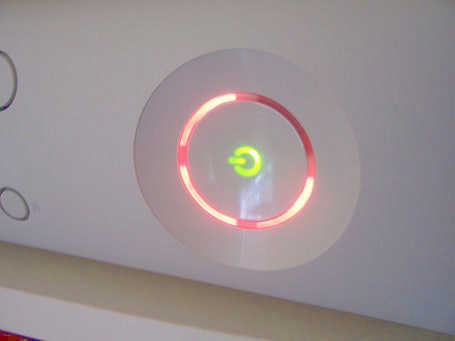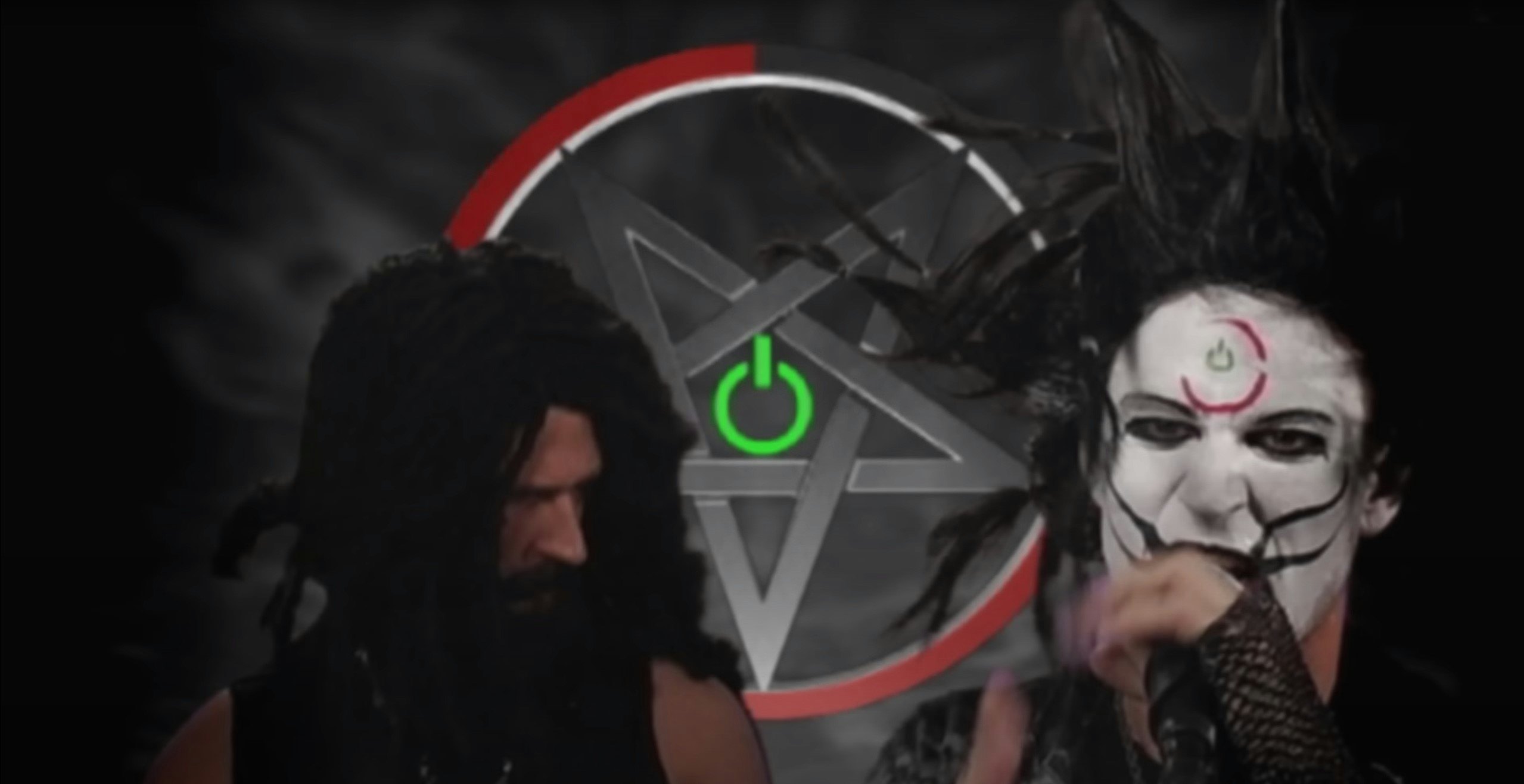
The Xbox 360 was supposed to be Microsoft’s big swing in gaming. The original Xbox got a foot in the door, but its successor would be the chance to finally snatch the spotlight away from Sony. The console received early praise when it launched in 2005 thanks to a reasonable $399 price point and a host of killer features like Xbox Live, but an ugly monster quickly reared its head — the Red Ring of Death.
Fixing this problem eventually cost Microsoft over a billion dollars. Yet this very public mistake proved invaluable to shaping Xbox as we know it today.
As a PlayStation fan since childhood, I did not purchase an Xbox 360, but my friend Shane did. After school, I would come over and we would play games. One afternoon, in the middle of an NBA 2K match, the console shut down and red lights flashed on the console’s face. Shane had been red-ringed.

We already knew what it meant. Three of the four front lights on the console flashed red, and when the console attempted to turn on, a system error message would appear on-screen. The term Red Ring of Death quickly spread as a viral term describing the phenomenon. It meant a complete hardware failure, not just losing a few hours of progress or even a save file. You'd either have to ship your Xbox off for a lengthy repair or spend hundreds on a new console — which, as it turns out, also had an absurdly high chance of breaking.
“We didn’t even know how to deal with it.”
The earliest reports of the Red Ring of Death came in late 2006. By 2007, it was a massive and widely known phenomenon. Owners scrambled to figure out the problem. Microsoft was clueless.
“We had no sense of how big an issue it was,” said VP of Games Marketing Aaron Greenberg in Power On, a 2021 documentary about the history of Xbox. “We didn’t even know how to deal with it.”

While official failure rates are impossible to know, surveys such as one from Game Informer in 2009 reported that the Xbox 360 failure rate was 54.2 percent. Even more alarming, the failure rate after an initial repair was 41.2 percent. The initial positive buzz around the Xbox 360 quickly fizzled.
To keep the death metaphor rolling, return boxes provided by Microsoft for those who were unlucky enough to get red-ringed were dubbed “cardboard coffins.” Journalists reported on the spread of the issue, drawing attention to continued sales despite the known defect. Why was Microsoft still shipping a product it knew was likely to break?
Greenberg recalls attempting to sell the press on new games and features and being met with journalists asking about the Red Ring of Death. “I’m trying to sell them on the future and they’re like, ‘Dude, my console’s not working. Like, it's broken.’”
“Repair rates x a dollar x a customer x an amount = a number.”
Microsoft knew the issue was heat-related but was unable to pinpoint the exact problem. That made it especially difficult to fix. Throughout 2007, the internet was flooded with sketchy tips and tricks to keep your Xbox 360 safe. Some suggested wrapping a wet towel around the console. (Please never do this!) But, ultimately, these homespun remedies seemed as useful as crossing your fingers and hoping for good luck.
Eventually, after collecting thousands of defective consoles, the team saw the writing on the wall. “We made the call to shut down production,” Xbox hardware engineer Leo De Castillo says in the documentary.

A major concern among the Xbox team was that players might not stick around waiting for the problem to be fixed. The Xbox 360 was $200 less than the PlayStation 3, but the competitor had stability. The triumphant moment of Xbox was quickly turning into what might be the brand’s dying moment.
Peter Moore, head of Xbox at the time, says in Power On that players “had trusted us, trusted their money with us, and we’d let them down.”
Moore understood that the Xbox team needed a “first-class consumer service reaction.” Eventually, Microsoft leadership decided to offer repairs to every customer — free of charge, no questions asked. It was not the cheap way out.
“I remember sitting at a whiteboard and writing out some simple math on repair rates x a dollar x a customer x an amount = a number. And that number became big,” said Xbox finance team member Tim Stuart.
That number turned out to be $1.15 billion, which was approved by then-Microsoft CEO Steve Ballmer. In July 2007, Moore released an open letter to the public. He addressed the Red Ring of Death, announced a three-year warranty extension for the console, and offered refunds to those who had paid for repair services in the past.
Moore closed the letter by writing, “I want to thank you, on behalf of all us at Microsoft, for your loyalty.”

The 360 managed to bounce back quickly, becoming one of the most important consoles ever. Halo 3 launched mere months after Moore’s open letter, becoming the biggest entertainment launch in history at the time of its release. The innovative online service Xbox Live, combined with a long list of incredible shooters on the platform — including an exclusivity deal for Call of Duty content — solidified the Xbox 360 as the console for capital “G” Gamers.
The 2007/2008 fiscal year became Xbox’s first profitable year. But until 2021, we never actually knew what caused the Red Ring of Death. Power On reveals that the problem could be traced back to the console's CPU. After multiple instances of consoles being turned off and on, the expanding and shrinking components would eventually break.
“I’m trying to sell them on the future and they’re like, ‘Dude, my console’s not working.’”
The Xbox that made it out the other side was changed for the better, and the biggest lesson Microsoft learned was that being honest and direct with customers would build loyalty. This mentality became a driving force behind the company in the years that followed. Fixing defective consoles was vital, but long-term investments in cultivating player loyalty were just as important. While Xbox Live was predominantly known as the home of online shooters, it also allowed Microsoft to launch the Xbox Live Arcade and shepherd in an indie revolution.
Today, Microsoft boasts one of the most open ecosystems in gaming. Between Xbox Series, Xbox One, PC, Samsung TVs, and even (still!) the Xbox 360, you can play without pressure to spend several hundred dollars on a new console. Innovations like Game Pass offer players value while giving creators freedom. Older games also are readily available on Xbox due to a robust commitment to backward compatibility — unlike on Sony and Nintendo platforms.
And, in some ways, it’s all thanks to a $1.15 billion blunder and three red lights.







